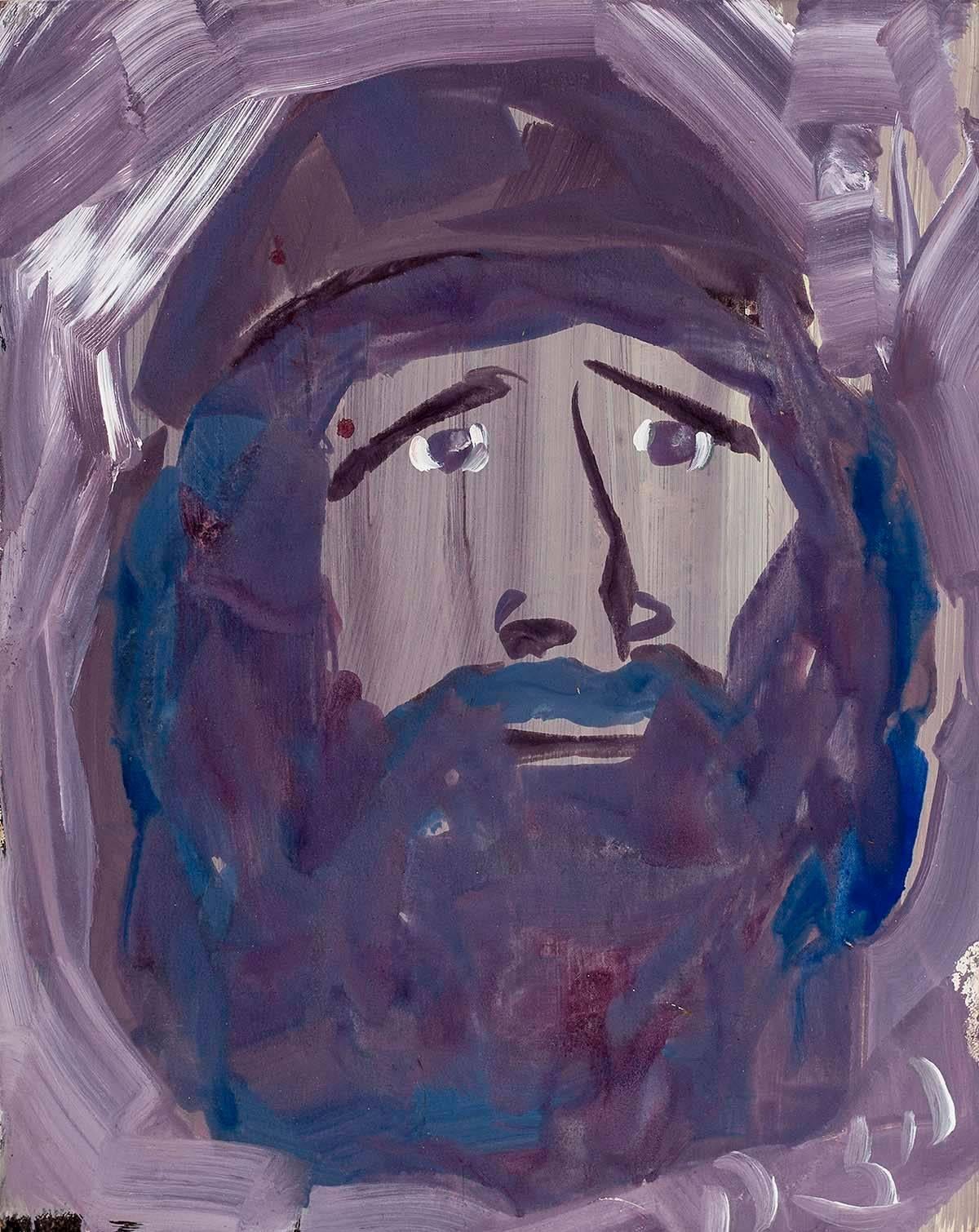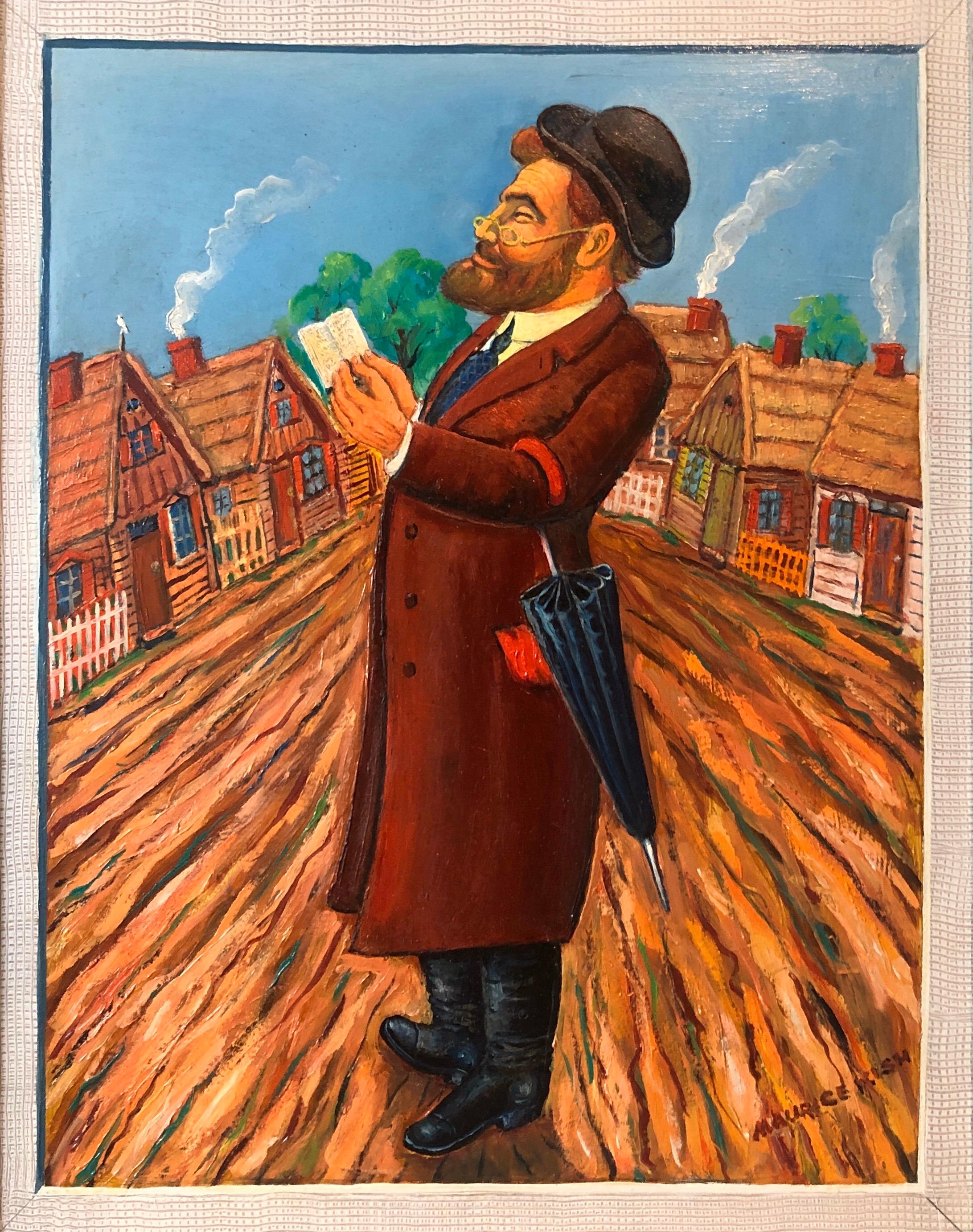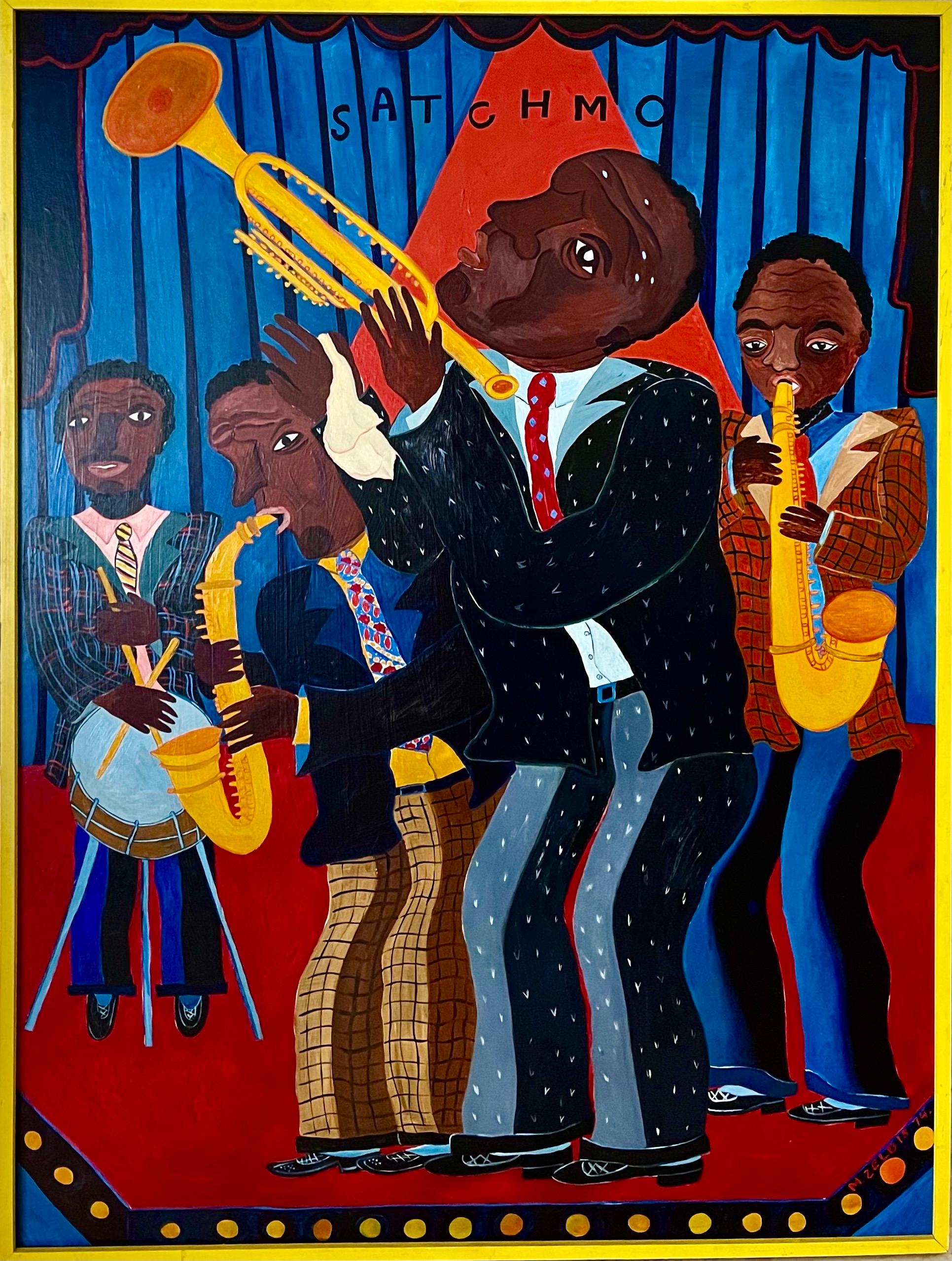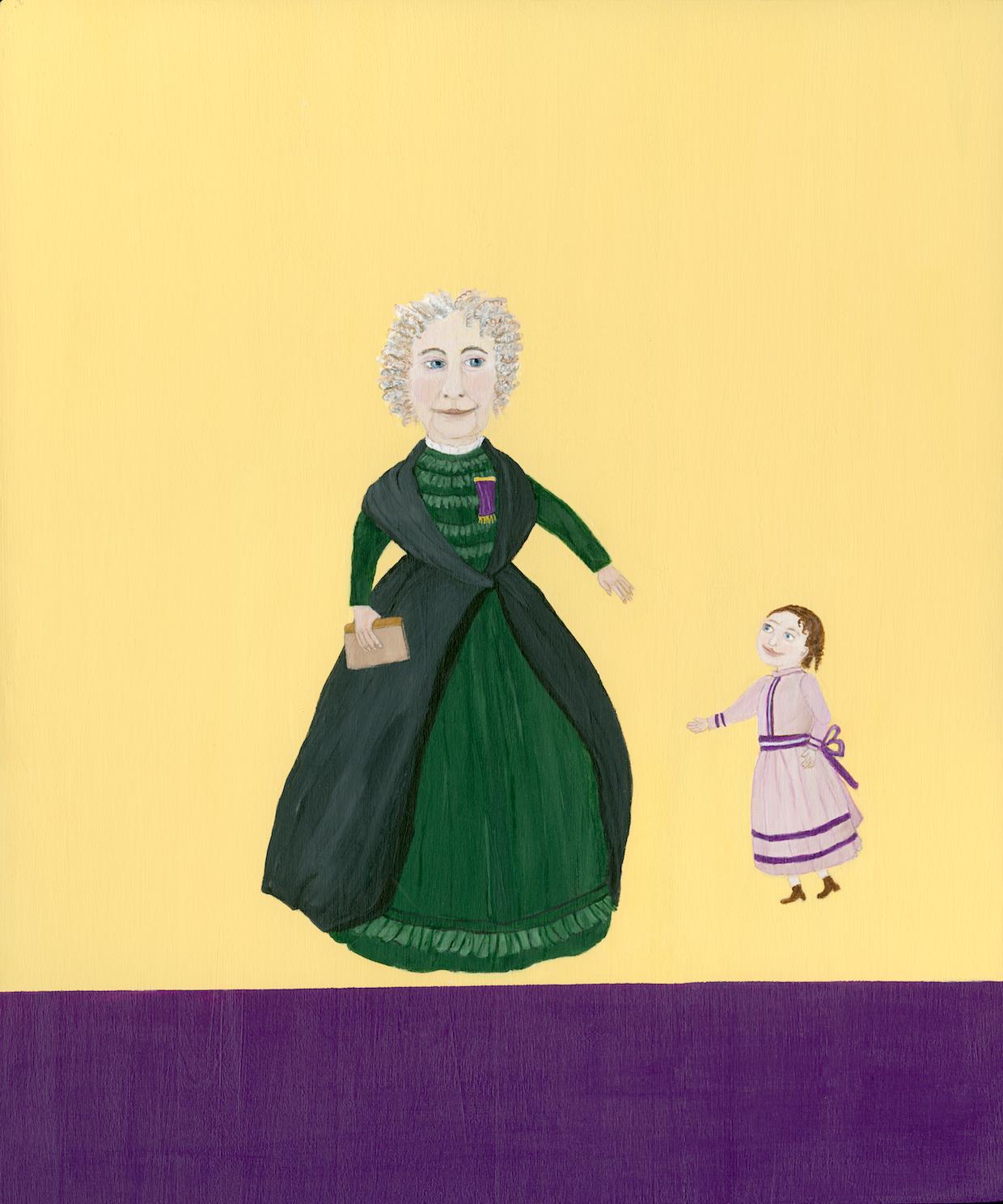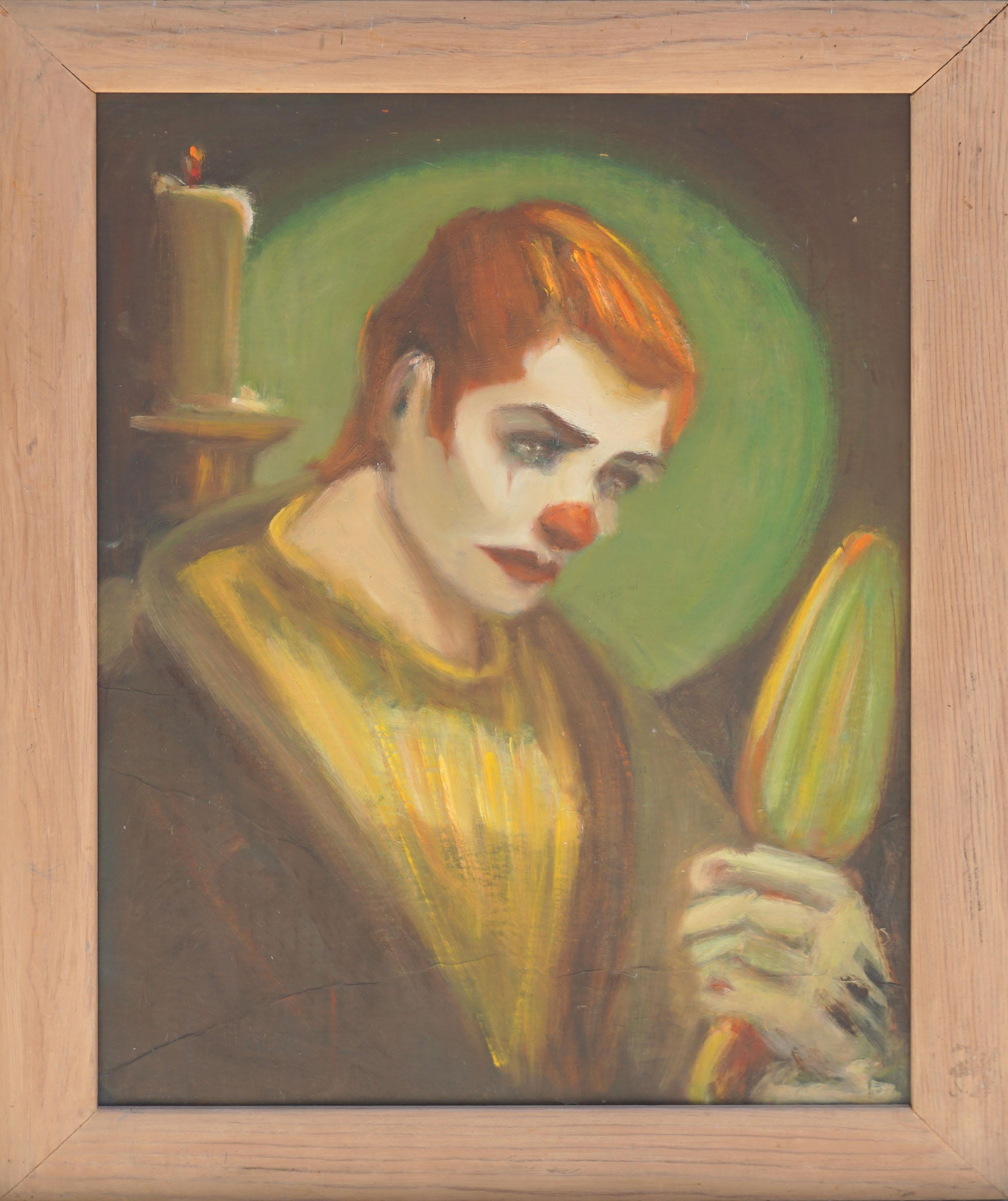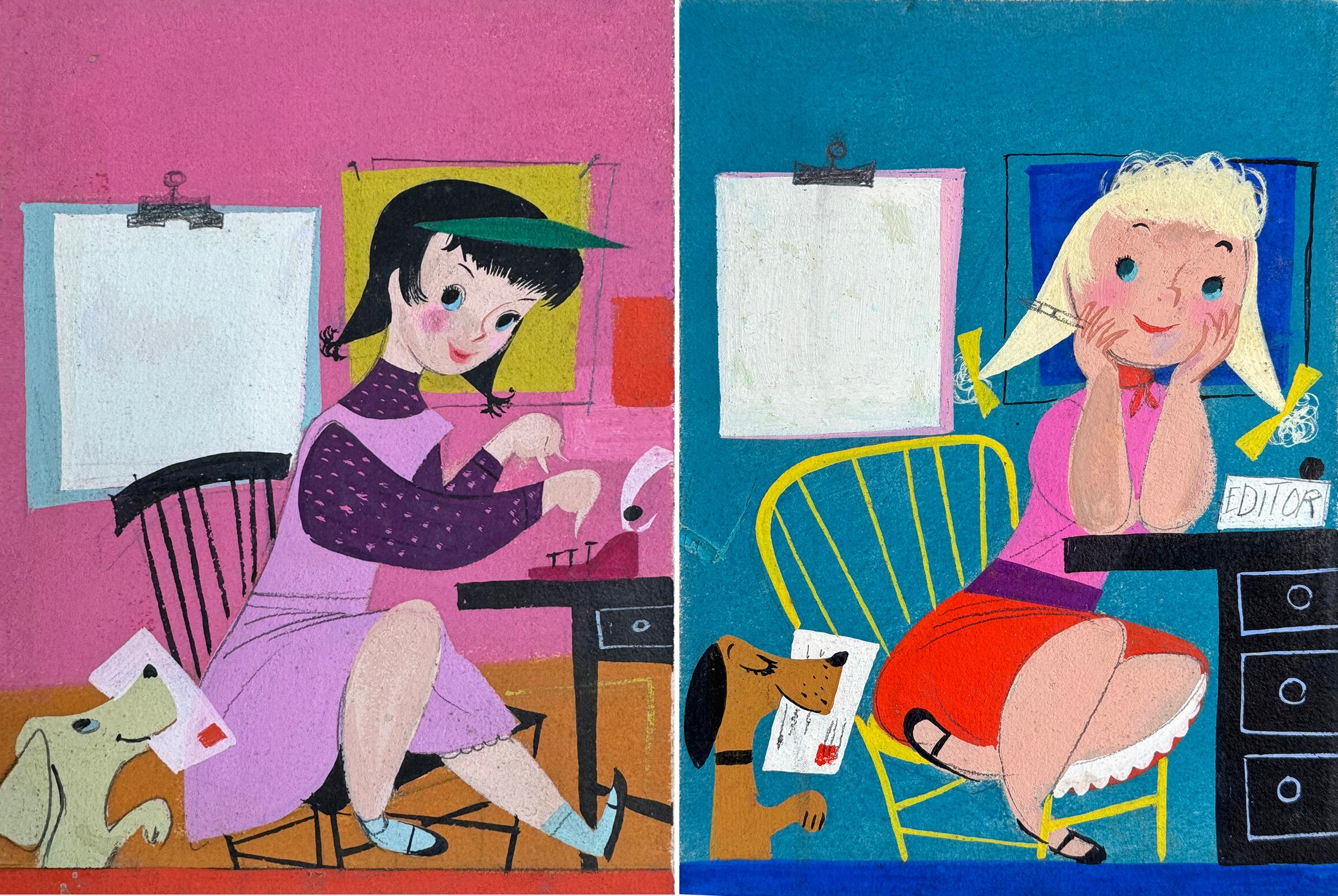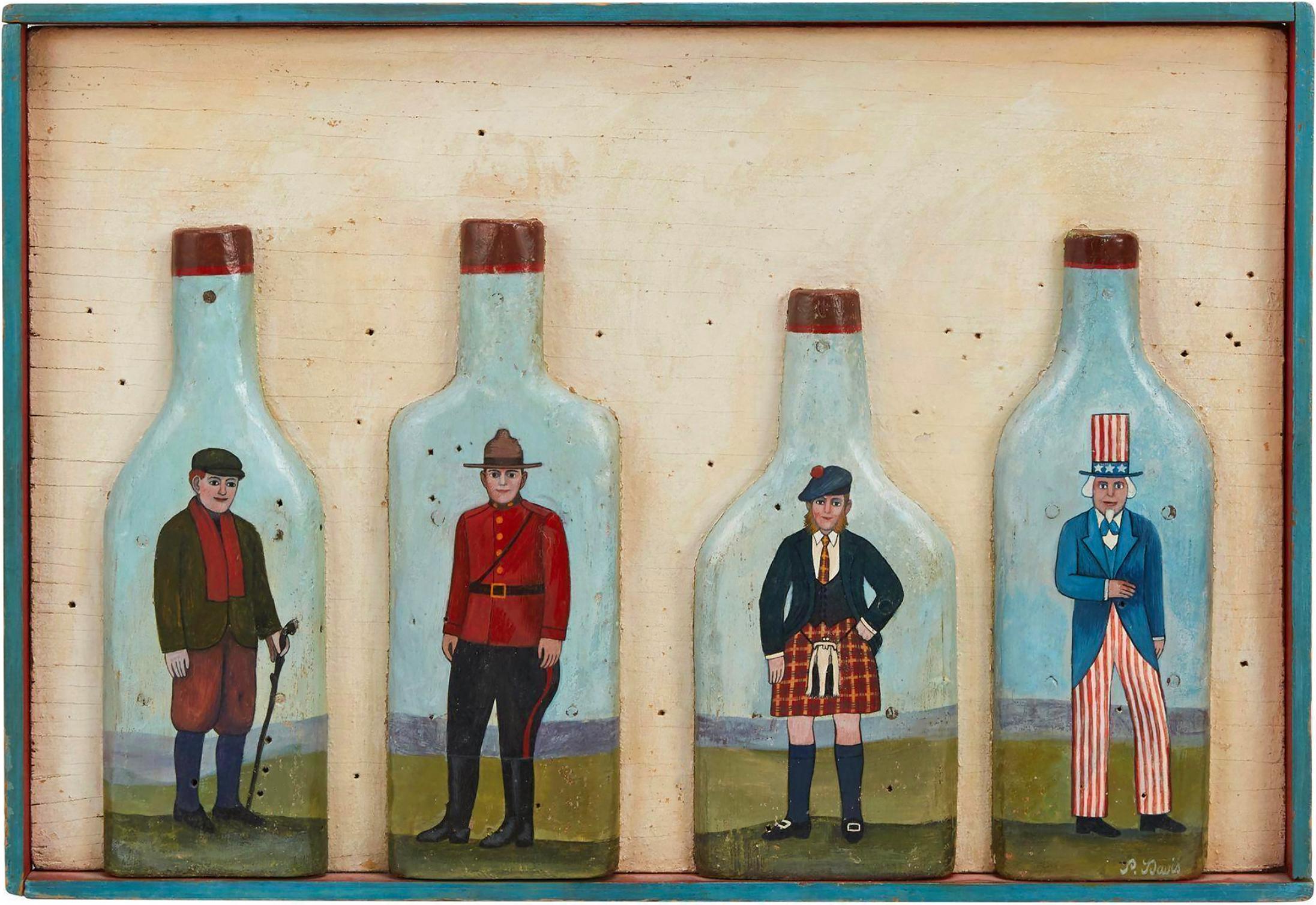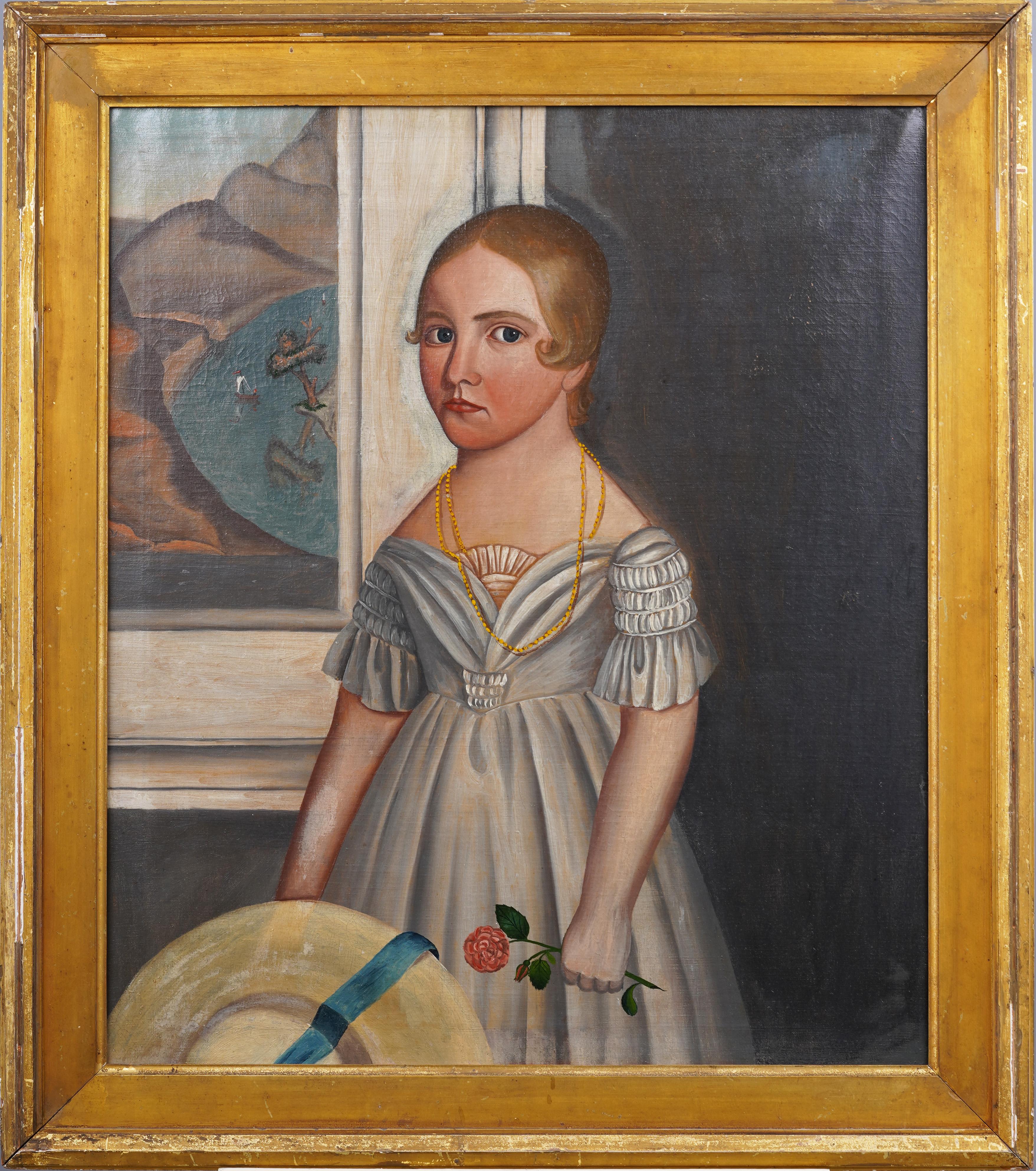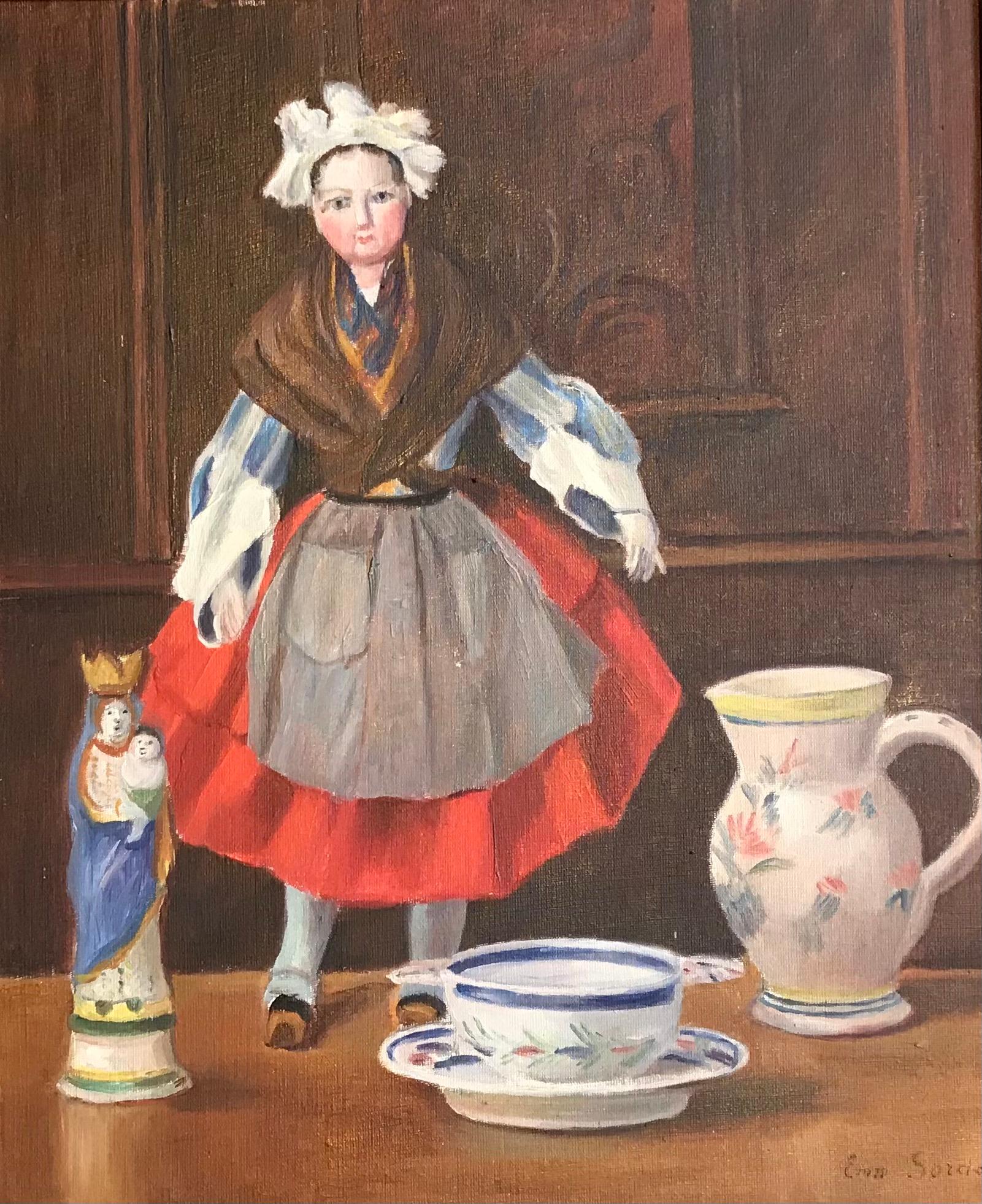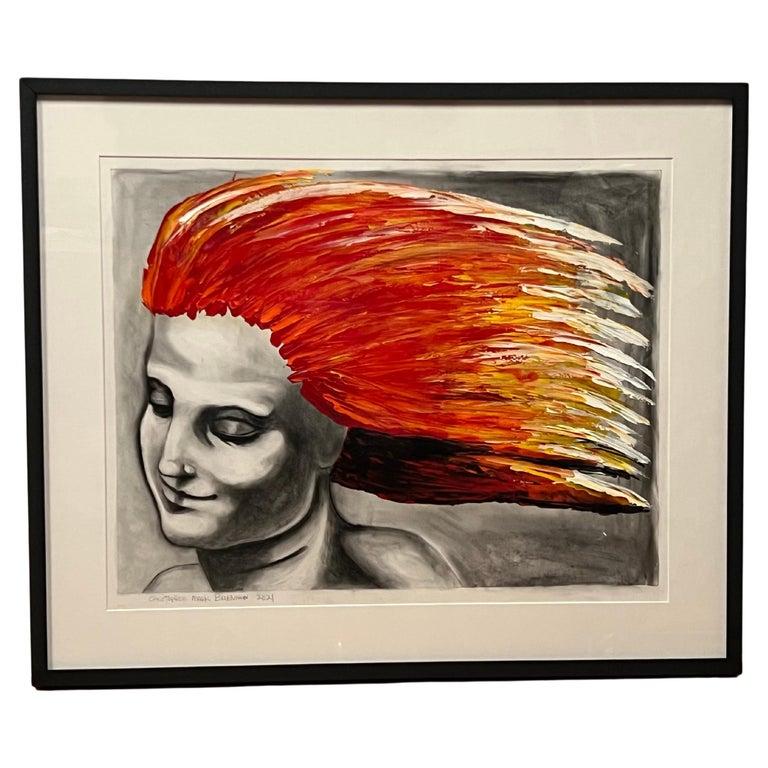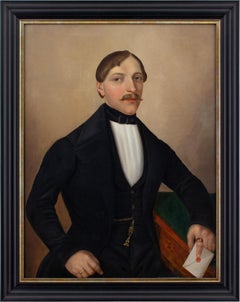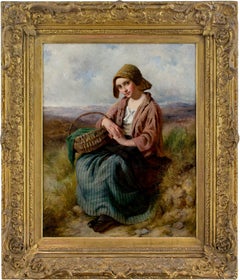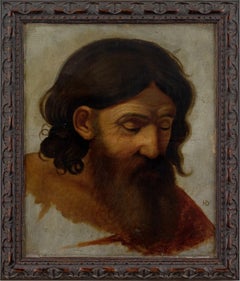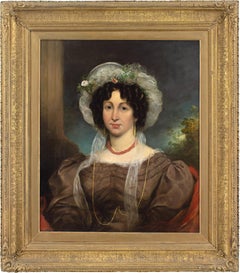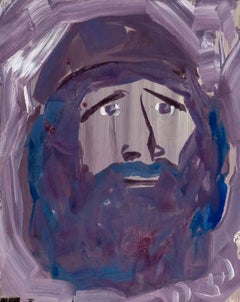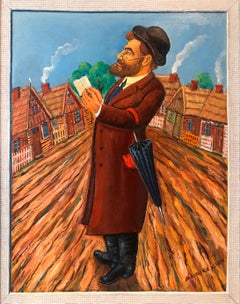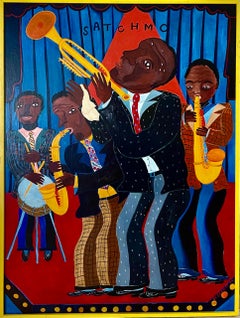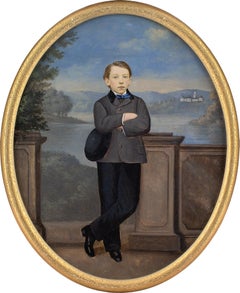
Late 19th-Century German School, Portrait Of A Young Man
View Similar Items
Want more images or videos?
Request additional images or videos from the seller
1 of 10
UnknownLate 19th-Century German School, Portrait Of A Young Manc. 1890
c. 1890
About the Item
About the Seller
5.0
Platinum Seller
Premium sellers with a 4.7+ rating and 24-hour response times
Established in 2017
1stDibs seller since 2023
234 sales on 1stDibs
Typical response time: 2 hours
Authenticity Guarantee
In the unlikely event there’s an issue with an item’s authenticity, contact us within 1 year for a full refund. DetailsMoney-Back Guarantee
If your item is not as described, is damaged in transit, or does not arrive, contact us within 7 days for a full refund. Details24-Hour Cancellation
You have a 24-hour grace period in which to reconsider your purchase, with no questions asked.Vetted Professional Sellers
Our world-class sellers must adhere to strict standards for service and quality, maintaining the integrity of our listings.Price-Match Guarantee
If you find that a seller listed the same item for a lower price elsewhere, we’ll match it.Trusted Global Delivery
Our best-in-class carrier network provides specialized shipping options worldwide, including custom delivery.More From This Seller
View AllAnton Benno Zottmayr, Portrait Of A Gentleman With A Letter
Located in Cheltenham, GB
This charming mid-19th-century oil painting by German artist Anton Benno Zottmayr (1795-1865) depicts a gentleman holding a letter. Zottmayr was an accomplished painter of portraits,...
Category
1850s Folk Art Portrait Paintings
Materials
Canvas, Oil
Edward John Cobbett RBA (Attributed), Portrait Of A Girl In A Landscape
Located in Cheltenham, GB
This charming mid-19th-century oil painting attributed to English artist Edward John Cobbett (1815-1899) depicts a seated girl carrying a wicker basket within rolling scenery. Cobbett was a skilled English painter of landscapes and genre who exhibited regularly at London’s Royal Academy.
This piece from around 1860 is emblematic of his rose-tinted escapism and celebrates the honest endeavours of rural life. The details are rendered skilfully, particularly the hands, skin tones and head. While the composition, with the horizon line crossing just beneath the shoulders, creates interest and permanence. He fathered twelve children, including eight daughters, so it’s plausible that some of them appeared in his portraits. The girl bears some resemblance to his depiction of ‘The Crofter's Daughter’.
Born in Westminster, London, Cobbett was initially trained as a wood carver, probably by his father, who was a skilled ‘carver and gilder’. Evidently, the young man adopted the trade with considerable vigour, as some of his early carvings can be seen at York Minster.
Around the age of 20, he began to pursue a career as an artist, and it's presumably at this point that he undertook formal tuition with the landscape painter Joseph William Allen (1803-1852). Allen was a founding member of the Society of British Artists, and his influence is evident.
Following his 1833 debut at London’s Royal Academy, he matured into an artist of considerable merit, particularly popular among the rising middle classes. He was known by the Victorian press as one of the last great ‘bohemians’, thus associating him with a social and cultural milieu of freedom-loving, anti-establishment creatives. As a member of London’s Savage Club, his circle was a most intriguing one and included writers, artists, and musicians who sought to live on the fringes of society.
This liberal sense of ‘joie de vivre’ translated through his work into depictions of ebullient country folk undertaking wholesome daily activities. Via his numerous rustic characters, he celebrated a simpler, albeit idealised, working-class utopia. The urban-dwelling bourgeois lapped it up, escaping into the abundance of an imagined moor, and vanishing into a community unplagued by formal rigour.
Aside from the Royal Academy, his works were also shown at the British Institution, Liverpool Academy, and the Society of British Artists, where he was elected a member in 1856. He’s known to have collaborated with both William Shayer (1787-1879) and George Cole (1810-1883).
He’s represented in numerous public collections, including at Glasgow Museum, the Walker Art Gallery, Worcester City Art Gallery, and York Art Gallery.
Provenance: Private collection, UK.
Artist’s auction maximum: £20,052 for ‘Rural Idyll (1859)’, Oil on canvas, De Veres...
Category
1860s Victorian Portrait Paintings
Materials
Oil, Board
Late 19th-Century French School, Head Study
Located in Cheltenham, GB
This enchanting late 19th-century French oil painting depicts the head of a bearded man.
Rendered with an abundance of consideration and feeling, the introspection of the figure po...
Category
1890s French School Portrait Paintings
Materials
Oil, Canvas
George Clint ARA (Attributed), Portrait Of A Lady In A Brown Dress
Located in Cheltenham, GB
This early 19th-century half-length portrait attributed to British artist George Clint ARA (1770-1854) depicts a young lady wearing a beautiful brown dress, bonnet decorated with small flowers, gold earrings and coral necklace. Clint was a distinguished painter and mezzotint engraver predominantly known for portraiture and dramatic scenes.
Set before an evocative classically-inspired backdrop, she looks out from across the centuries with a composed demeanour. Adorned in the latest fashions, oversized ‘gigot’ sleeves, a delicately-poised bonnet, and a coral necklace for good luck. It’s a charming portrayal by a masterful hand.
Born at Drury Lane, in the heart of London’s West End, George Clint was destined to lead an exuberant life amid the spectacle of theatreland. His father, Michael Clint, was a hairdresser during a time of “hair pomatum, whalebone, wire, lace gauze, and feathers” - so young George would have encountered a variety of ‘characters’ during his childhood.
But despite these elevated surroundings, he soon discovered the darker side of London when thrust into the world of employment. Apprenticed initially as a fishmonger, he trained under a ferocious master who was known to beat him. The hours were unsocial, the conditions rank, and the work was brutal. He soon quit but subsequently found himself toiling for a corrupt attorney who demanded he undertake unscrupulous acts on his behalf.
Seeking a less volatile role, he turned next to house painting, at which he excelled. Commissioned, among other projects, to paint the stones of the arches in the nave of Westminster Abbey. Aside from an incident whereby he almost fell from the second story of a building, all was going well.
Following his marriage in 1792 to Sarah Coxhead, a farmer’s daughter, he began work in earnest as a painter of miniatures, determined to forge a career. Robert William Buss’ memoir celebrates Clint’s success as a miniaturist, stating that “great manual excellence was united with that chaste, delicate feeling for female beauty which characterised all Mr. Clint's portraits of ladies.”
Until this point, it appears he was predominantly self-taught, presumably constrained by a lack of finances. But from hereon in, his industrious nature coupled with several fortunate encounters, led to him developing an enviable talent for both painting and engraving. During the early 19th-century, the acquaintances one kept could make or break your fortunes and perhaps acutely aware of this, Clint’s ‘society’ was an ever-evolving circle of influential personalities.
He was “initiated into the mysteries of engraving” by Edward Bell (act.1794-1819) and produced numerous works after the foremost artists, such as George Stubbs, John Hoppner, and Thomas Lawrence. Following a commission from Lawrence, he struck up a long-term friendship.
Admired for his skill as a mezzotint engraver, he sought next to hone his technique in oils and, as with many aspiring portraitists, his first work in this respect was a depiction of his beloved wife. The pair were both delighted with it, yet over time Clint began to doubt himself and sought the validation of a superior hand - that of Sir William Beechey (1753-1839). However, paralysed with insecurity, he couldn’t face the potential criticism, so his wife took it instead - “with a child under one arm and the portrait in the other”. The result was immeasurably more positive than he’d envisaged and he became closely associated with Beechey until his death in 1839.
Numerous commissions followed from the landed gentry including Lord Egremont, Lord Spencer, and Lord Essex. But also from the theatrical community who would fill his studio at 83 Gower Street, Bloomsbury. His connections within the world of acting led to notable works such as ‘Malvolio and Sir Toby’ (from William Shakespeare's 'Twelfth Night', Act II, Scene iii)’ and ‘Harriet Smithson as Miss Dorillon, in Wives as They Were, and Maids as They Are’.
While his efforts in mezzotint included several contributions to JMW Turner’s Liber Studiorum.
As a measure of his success, Clint was elected an Associate of the Royal Academy in 1821 - a position he later relinquished for personal reasons. Today, he’s represented in numerous public collections including at The British Museum, Harvard Art Museums, The Met, V&A, Yale Center for British Art, and the National Portrait Gallery.
“The respect in which he was held, not only by his brother artists, but by an immense number of eminent men in various professions, and others of the highest rank, was the result of a rare combination of talent, candour, suavity of manner, and integrity of purpose”. [Obituary, 1854].
Housed in a period gilt frame, which is probably original.
Learn more about George Clint ARA in our directory.
Labels & Inscriptions: Supplier’s stencil from Rowney & Forster. The National Portrait Gallery holds a database of supplier’s stencils over the decades. The one here is also presented on two other works by George Clint. ‘Falstaff’s Assignation with Mrs Ford...
Category
1830s English School Portrait Paintings
Materials
Canvas, Oil
Sam Uhrdin, The Twilight View
By Sam Uhrdin
Located in Cheltenham, GB
This beautiful mid-20th-century oil painting by Swedish artist Sam Uhrdin (1886-1964) depicts a woman playing the guitar in a gently lit room at twilight.
Bathed in a warm radiance ...
Category
1950s Portrait Paintings
Materials
Oil, Canvas
17th-Century Flemish School, Portrait Of A Gentleman In A Justaucorps
Located in Cheltenham, GB
This fine late 17th-century Flemish portrait depicts a distinguished gentleman wearing a justaucorps, black cloak, white shirt, vest, leather gloves, and breeches. He’s carrying a wi...
Category
1670s Old Masters Portrait Paintings
Materials
Canvas, Oil
You May Also Like
Untitled, Soviet Refusnik, Judaica Painting
Located in Surfside, FL
Rabbi In Violet, Sensitive Jewish image. in an Outsider Folk Art style. signed in Hebrew bold script.
Category
20th Century Outsider Art Portrait Paintings
Materials
Oil, Board
Whimsical Judaica Shtetl Shadchan Matchmaker Oil Painting WPA Jewish Folk Artist
By Maurice Kish
Located in Surfside, FL
Genre: Modern
Subject: Fiddler on the roof, Shtetl matchmaker
Medium: Oil
Surface: Board, size includes artist decorated frame
Country: United States
The imagery of Maurice Kish (18...
Category
Mid-20th Century Folk Art Figurative Paintings
Materials
Oil, Board
Large Malcah Zeldis Folk Art Oil Painting Jazz Great "Satchmo" Louis Armstrong
Located in Surfside, FL
Swing Jazz Quartet. Satchmo, Louis Armstrong!
Oil Painting on board. Hand signed and dated 1974
Malcah Zeldis (born Mildred Brightman; 1931) is an American folk art painter. She is ...
Category
1970s Folk Art Figurative Paintings
Materials
Oil, Board
BMW Isetta, Messerschmitt Cars Autobahn - Humorous Mid-Century Illustration
Located in Miami, FL
One of the hallmarks of great art is recognizing the artist's style instantly. This is the case with Richard Erdoes. His highly stylized comic figures are expressive and communicate the story delightfully and joyfully. Even though this work is rendered in flat, minimalistic two colors, the inventive shape relationships and positive and negative areas convey a very high level of artistic skill. The present work was done on assignment for the prestigious Standard Oil ( Exxon's predecessor ) corporation's company magazine, The Lamp. Although not a newstand magazine, The Lamp had the highest editional and artistic content. Work is unsigned and unframed.
Richard Erdoes (Hungarian Erdős, German Erdös; July 7, 1912 – July 16, 2008) was an American artist, photographer, illustrator and author.
Early life
Erdoes was born in Frankfurt,to Maria Josefa Schrom on July 7, 1912. His father, Richárd Erdős Sr., was a Jewish Hungarian...
Category
1950s Outsider Art Figurative Paintings
Materials
Gouache, Illustration Board, Pencil
Mary Dwyer, Elizabeth Cady Stanton_Seneca Falls 1870s_2014_acrylic on board,
By Mary Dwyer
Located in Darien, CT
These new paintings illuminate individuals of the American Suffrage Movement. Elizabeth Cady Stanton, Ida B Wells and Alice Paul, each one intelligent, brave and incredibly relentless in the struggle to attain voting rights for American women.
This series of paintings portrays the ardent women involved in the American Suffrage Movement which led up to the 19th Amendment...
Category
2010s Folk Art Portrait Paintings
Materials
Acrylic, Board
Mid Century Pulp Art - Sad Clown Portrait with Green, Yellow, & Red
Located in Soquel, CA
Mid century pulp art portrait of a somber clown with a yellow shirt, red hair and a red nose, holding a scepter in a dramatized space with a candle and green ...
Category
1960s Outsider Art Portrait Paintings
Materials
Canvas, Acrylic, Cardboard
$620 Sale Price
20% Off
Recently Viewed
View AllMore Ways To Browse
Lakers Hat
Boy With Curly Hair Painting
Calor Fan
Charles Agar
Cigar Ferrari
Dog In A Bear Suit
Dolce Gabbana 1988
Dolce Gabbana Comic
Domenico Pellegrini
Edward De Vere
Francois Martin Kavel
French 18th Century Mother Daughter Tapestry
Frosty The Snowman Vintage
Gerald Nees
Hamilton Andrews Watch
Harding Meyer
Harland Young
Henrion Armand
